What they say

Editor's note: The State Council Information Office held a group interview on Tuesday in Beijing to discuss pursuing self-reliant development in manned spaceflight.
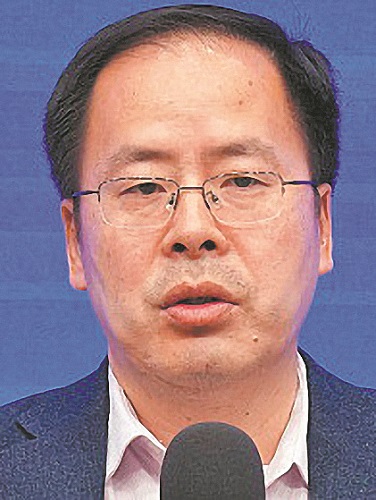
Li Yingliang, director and researcher at the general technology bureau of the China Manned Space Engineering Office
China's manned spaceflight program has fostered a unique spirit characterized by exceptional perseverance, resilience, problem-solving ability and dedication. This spirit embodies the determination to tackle and overcome complex technical challenges head-on. It reflects the noble character of generations of space professionals who are committed to achieving extraordinary feats while staying out of the spotlight. It also captures the courage and spirit required to venture into harsh environments, such as the vast deserts, and to overcome the challenges posed by nature.
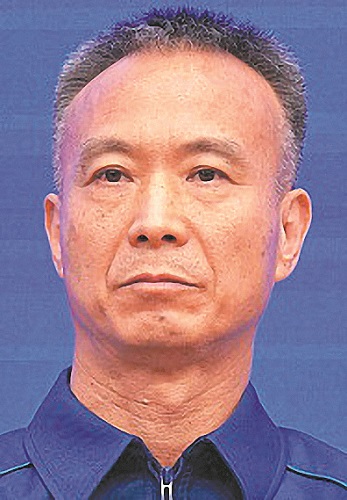
Fei Junlong, senior astronaut in the People's Liberation Army Astronaut Division, commander of the Shenzhou-15 Mission
Currently, there are two space stations orbiting the Earth: China's space station and the International Space Station. Both are circling our shared home — Earth. China's space station belongs to China, but it is also open to the world. We hope, and sincerely invite friends from around the globe to visit our space station, Tiangong.
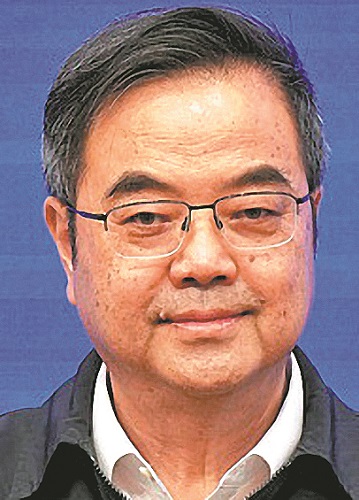
Yang Hong, chief designer of the manned space station system of China Manned Space Program and researcher at the China Academy of Space Technology, a subsidiary of China Aerospace Science and Technology Corporation
The space station system is an intricately complex manned spacecraft. It involves the docking of multiple modules such as the visiting Tianzhou cargo spacecraft and the Shenzhou manned spacecraft. Each time a module is docked, we aim to achieve "1+1=1", creating a unified whole. The Tianhe core module centrally controls the entire assembly, ensuring resource sharing and unified coordination among the docked modules. From a systems perspective, the functions of each module complement one another, and the overall capability of the space station system exceeds the simple sum of its individual modules, achieving an effect of "1+1>2". This significantly enhances the robustness of the space station system.
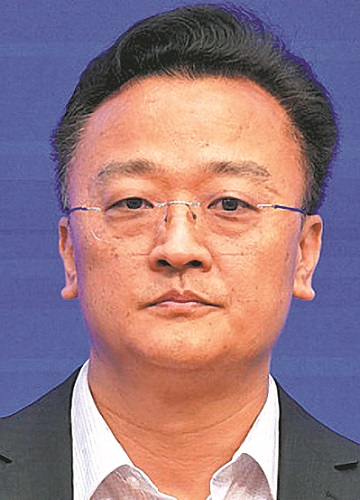
Sun Wei, deputy chief designer of the landing site system of the China Manned Space Program
China's space station is another national symbol that China presents to the world, showcasing China's commitment to openness and mutual benefit. We are eager to share our technological and engineering expertise in the space sector with nations across the globe. We are constantly improving our space tracking, control and communication networks. This involves setting up more ground-based tracking stations and developing satellites for space-based tracking. These advancements not only boost China's capabilities in tracking and control, but also enhance the resources available for human space exploration. As China's space tracking and control systems become more standardized and internationalized, they are establishing themselves as crucial infrastructure for global space efforts and facilitating global space cooperation.
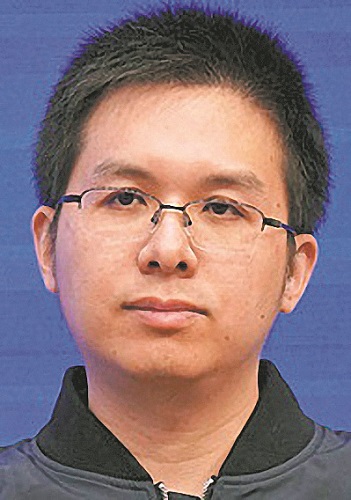
Zhang Lu, assistant to the chief commander of the Space Application System of China Manned Space Program
One of the greatest advantages that has fueled the rapid development of our human spaceflight program is the youthfulness of our team. I joined the program in 2012, and at that time, our average age was around 27-28. I recently checked again, and even though over 10 years have passed, our average age is still only about 32. We continuously have new, young talent joining the human spaceflight effort.





































